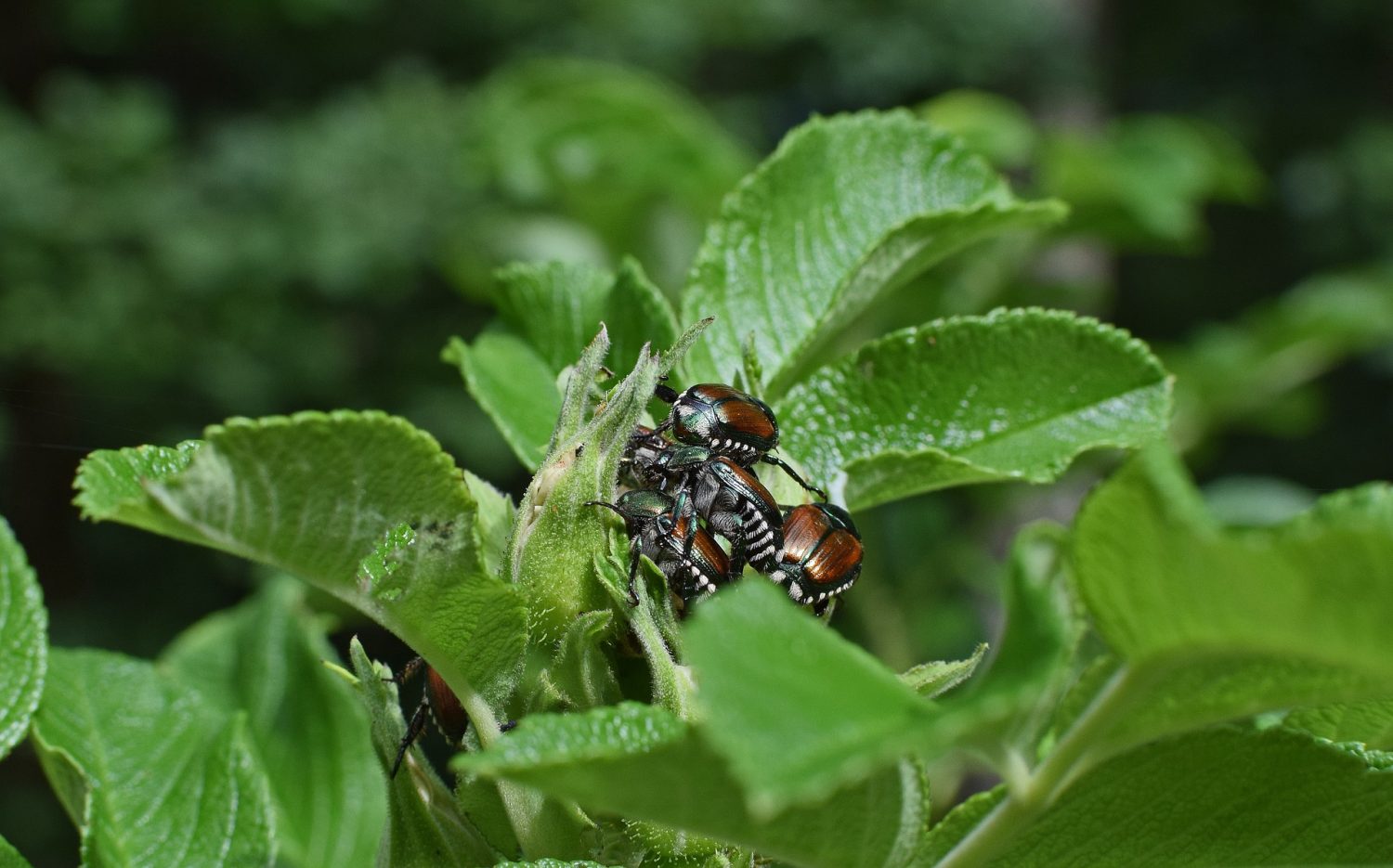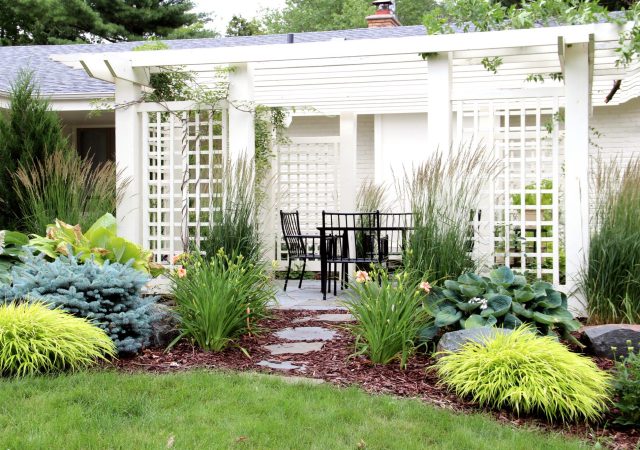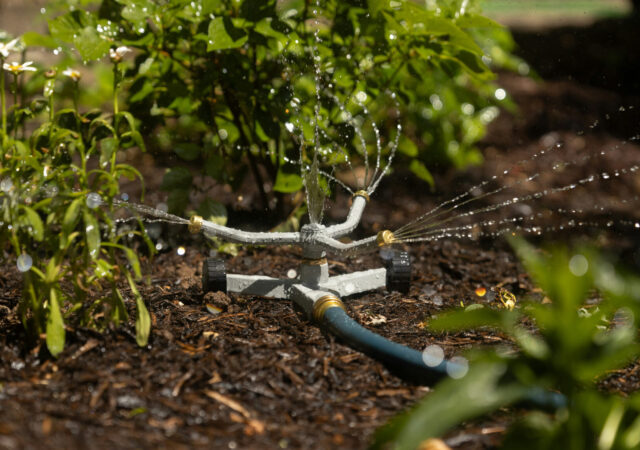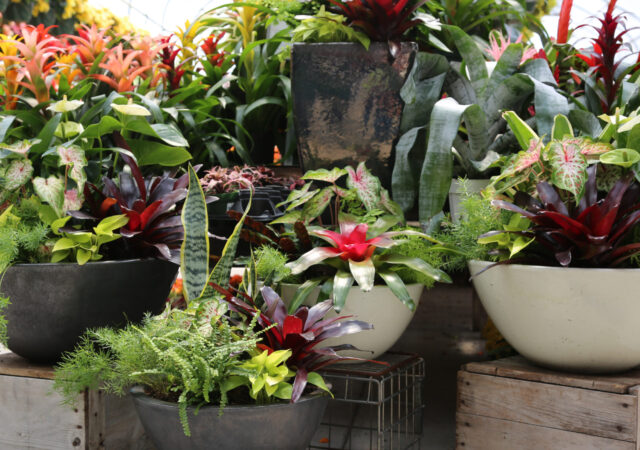When I was in college a friend gave me a beautiful necklace with a preserved shiny green beetle as the pendant! How cool for a flower/biology nerd! Bugs and flowers go hand in hand, unless they’re not friendly with each other like a plague of locusts or that seemingly harmless Japanese Beetle. Now I know what’s up with that beautiful little beetle guy. It was indeed a Japanese Beetle, while quite beautiful, it and it’s kin are so destructive to the garden. Â
The Japanese Beetle begins it’s life as a grub in your turf grass. We’ve noticed in this northern climate the grubs can suffer great losses after a hard, extremely cold winter. If the winter is of the usual sort, the grubs will begin to turn to beetles by late June. Â
Japanese Beetles have a single purpose in lifeâ¦.that’s to make more of themselves. So they begin “dating” and eating out at your backyard garden buffet.  Plants that are particularly tasty to Japanese Beetles are Roses, Engelman Ivy, Grapevine, Lisianthus, Pussy Willow, Linden Trees and Birch Trees.
So what can you do control the damage? Â Knowing that the Beetle damage isn’t likely to kill your plant, but make it look very chewed up, know that you have the option to do nothing. Â
1- You can spray the Beetles off with a hose and squish them or put them in a bucket of water to drown.
2- You can treat your lawn for grubs. This is usually a long lasting effort that can be extra beneficial if you can talk your neighbors into treating their lawn as well. Â Â
3- Beetle killing spray is an option. Spray plants you see Beetles on with an insecticide like Captain Jacks or Eight. Please take precautions to spray in the late evening when Bees are not active and the sun it not blazing.
4- Finally, there is the option to hang a Beetle trap in your yard. Â What this does is attract and trap piles of Japanese Beetles by sending out a scent that mimics that of their mate, then they become locked in a solution to die. Â
Still not sure the best route to go? Â Stop in to Sunnyside and talk with one of our professionals.




